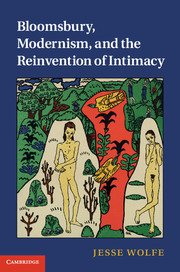3 - Forster's missing figures
from PART II - DEFEATED HUSBANDS
Published online by Cambridge University Press: 05 December 2011
Summary
As both practitioner and theorist, E. M. Forster brought subtle attention to various aspects of the novelist's craft, from story and plot to pattern and rhythm. His most famous theoretical contribution may be his distinction between “round” (complex) and “flat” (one-dimensional) characters, and his analysis of the uses to which each can be put. Pursuing a related line of inquiry, this chapter examines characterizations, or figures, of masculinity and femininity in Howards End, specifically how Forster uses, revises, and rejects New Womanliness and sexual intermediacy as philosophical vehicles. By virtue of the richness or poverty with which he imagines them, and of the attitudes that Forster's narrator expresses toward them, these psychosexual paradigms enable Howards End to address the questions What are men and women like, or what should they be like, if they can redefine themselves? and Should they seek intimacy according to a Victorian or post-Victorian model?
Broadly speaking, Howards End answers with an essentialist rejection of patriarchal marriage. This approach to intimacy distinguishes the novel both from Principia Ethica and Dora, with their anti-essentialist accommodations, and from Forster's other five novels, which examine male sexuality, including male effeminacy, in radically different ways. In opposition to critics who see the novel hoping to synthesize Wilcoxism and Schlegelism, I argue that Howards End spurns patriarchal marriage primarily by depicting the brutish paternal and filial personality types that it enables.
- Type
- Chapter
- Information
- Bloomsbury, Modernism, and the Reinvention of Intimacy , pp. 79 - 114Publisher: Cambridge University PressPrint publication year: 2011



